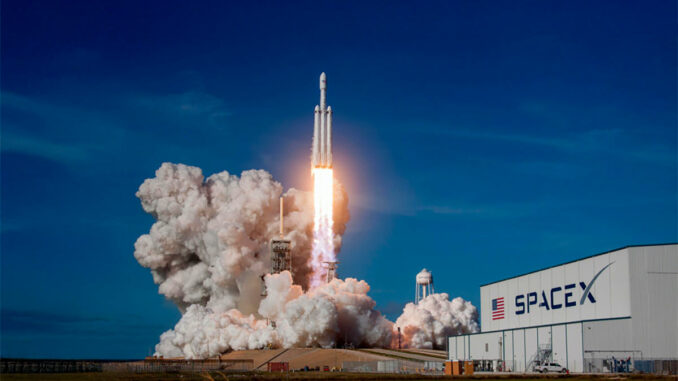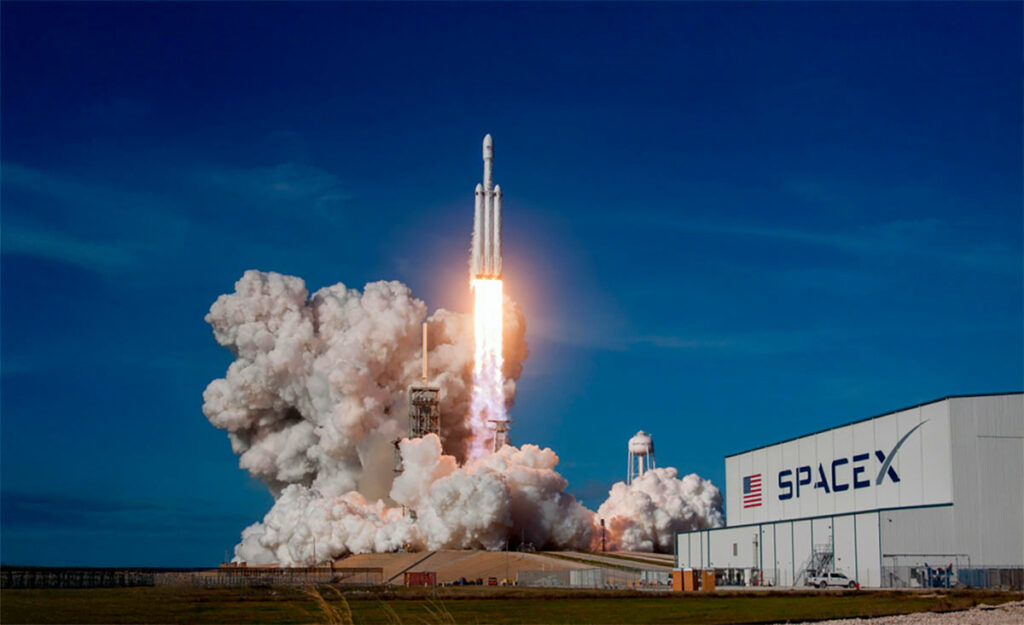
SpaceX has been awarded contracts for nine satellite launches in support of national security as part of the NSSL Phase 3 Lane 1 program.
SpaceX has secured contracts worth $733.5 million for national security missions under the National Security Space Launch (NSSL) Phase 3 Lane 1 program. These contracts include seven missions for the Space Development Agency (SDA) and two missions for the National Reconnaissance Office (NRO). Scheduled for 2025 and 2026, the project aims to launch satellites into low-Earth orbit (LEO) to enhance U.S. communication and intelligence capabilities. This program promotes innovation by allowing new providers to compete for risk-tolerant satellite launch missions.
SpaceX’s contracts for critical national security missions
On October 18, 2024, the U.S. Space Force announced the awarding of nine contracts to SpaceX under the NSSL Phase 3 Lane 1 program. These missions, totaling $733.5 million, will include seven missions for the Space Development Agency (SDA) and two for the National Reconnaissance Office (NRO). Launches are planned for late 2025 and 2026, using SpaceX’s Falcon 9 rocket, which already has a strong track record of successfully launching government satellites.
These contracts are part of a broader strategy to secure the U.S.’s space capabilities. The NSSL program, which involves private companies like SpaceX, Blue Origin, and United Launch Alliance (ULA), ensures reliable access to space for defense and intelligence agencies. For SpaceX, this represents a significant milestone following earlier successes, such as the SDA’s Tranche 0 satellite constellation program.
With launches split between Cape Canaveral Space Force Station and Vandenberg Space Force Base, these missions will play a crucial role in bolstering the United States’ military capabilities. The satellites will be integrated into low-Earth orbit (LEO) constellations, optimizing real-time surveillance, communications, and intelligence operations.
A flexible approach to government launches
The NSSL Phase 3 Lane 1 program operates under an Indefinite Delivery, Indefinite Quantity (IDIQ) contract, a flexible procurement model that allows for mission assignments as needs arise. The total value of this contract is estimated at $5.6 billion over five years and enables key providers, such as SpaceX, Blue Origin, and ULA, to compete for each mission.
One of the defining features of Phase 3 Lane 1 is its flexibility, allowing for the swift execution of risk-tolerant missions while encouraging technological innovation. Emerging companies, such as Rocket Lab, will also have the opportunity to participate in future competitive bids. This approach could stimulate competition and reduce the costs of national security missions while speeding up the deployment of essential space capabilities for the U.S.
By opening the door to more risk-tolerant missions, the program gives new companies a chance to prove their expertise while offering more cost-effective solutions. In contrast, Lane 2, which has yet to award contracts, will focus on more sensitive missions requiring fully certified launch vehicles.

SpaceX and its partners: A key role in defense missions
The Space Development Agency (SDA) relies on SpaceX’s Falcon 9 launchers to place a satellite constellation into low-Earth orbit. This constellation, designed to enhance U.S. military communication and intelligence capabilities, is a central element of the country’s technological modernization efforts.
The seven SDA missions, including three launches from Cape Canaveral and four from Vandenberg, will focus on deploying the Tranche 2 Transport Layer of satellites. These satellites will play a critical role in real-time data collection and secure information transfer between military units.
Meanwhile, the two NRO missions will focus on strategic intelligence operations, strengthening the U.S.’s ability to identify and monitor potential threats in key regions of the globe.
Supporting innovation with opportunities for new providers
The NSSL Phase 3 Lane 1 program is notable for its emphasis on fostering competition and innovation in the space sector. One of the major advancements in this phase is the inclusion of emerging launch providers, with opportunities for companies like Rocket Lab to participate. This approach allows young companies to demonstrate their value while addressing the national security needs of the U.S.
By welcoming new providers, the program increases the diversity of available options for space missions while driving down costs. Lane 1 missions, designed to be more risk-tolerant, are particularly suited to companies that offer low-cost launch solutions but may not yet have a long track record.
The number of Lane 1 missions is expected to reach 30 by 2029, with an option to extend the contract until 2034. This suggests significant growth potential for the U.S. space industry and ensures a steady flow of satellites into orbit, which are essential for supporting national security operations.
Blue Origin and ULA: A delayed competition?
While SpaceX has already proven its capabilities with several successful launches, its competitors are not far behind. Blue Origin, with its New Glenn rocket, has yet to perform its first launches but remains a key player with scheduled launches in the near future. As for ULA, while its Vulcan Centaur rocket has already completed two flights, it is still awaiting final certification to fully participate in the NSSL program.
These companies, like SpaceX, aim to meet the U.S. defense needs while overcoming the technological challenges inherent in the space sector. The flexibility of the NSSL program and the gradual integration of new providers should allow these companies to accelerate their efforts to secure more contracts in the future.
War Wings Daily is an independant magazine.